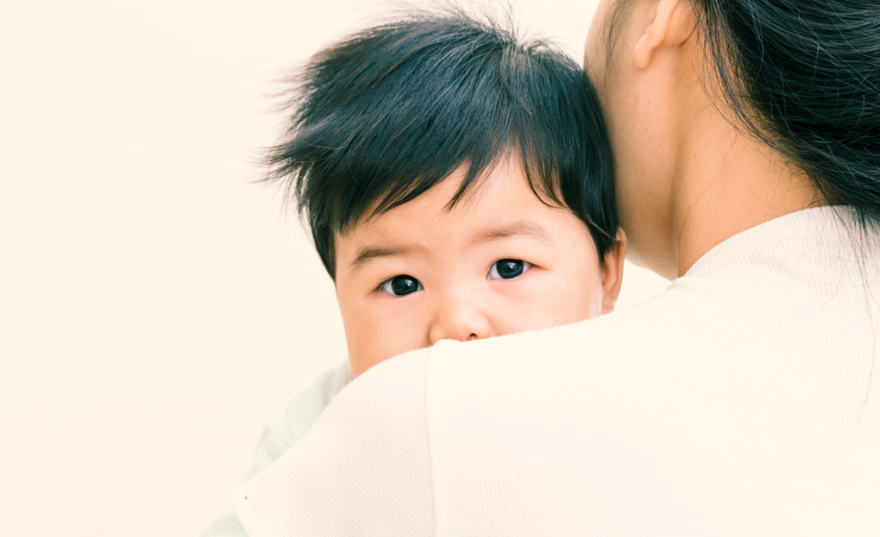The debate over letting an infant ‘cry-it-out’ or responding immediately has been ongoing for decades. Now, researchers at the University of Warwick have provided important evidence to inform this debate.
Ayten Bilgin and Dieter Wolke conducted a longitudinal study involving 178 infants and their mothers. They examined the associations between the frequency of parents leaving their infant to cry-it-out at term, 3 months and 6 months of age and cry duration and frequency at 3, 6, and 18 months. They also investigated the association between the frequency of an infant being left to cry-it-out during the first 6 months of life and attachment type and behavioural outcomes at 18 months.
What will likely come as a relief to many parents is that Bilgen and Wolke found no adverse impact of leaving an infant to cry-it-out in early infancy on infant–mother attachment or behavioural development at 18 months. However, they did find that leaving infants to cry-it-out a few times at term was associated with shorter cry durations at 18 months-of-age. The researchers conclude that if used in a safe environment with a parent present, the cry-it-out technique does not seem to have a harmful impact on infants.
Referring to:
Bilgin, A. & Wolke, D. (2020), Parental use of ‘cry it out’ in infants: no adverse effects on attachment and behavioural development at 18 months. J. Child Psychol. Psychiatr. doi: 10.111/jcpp.13223.

